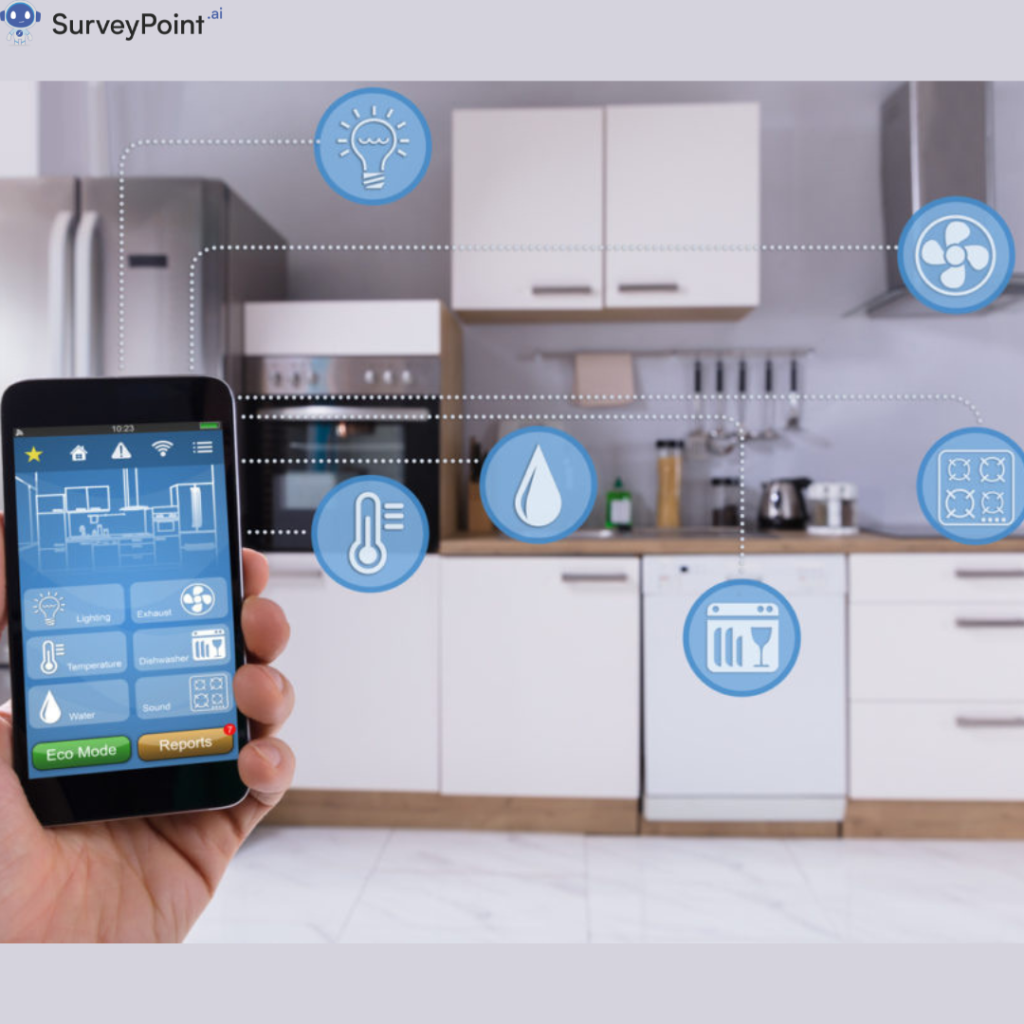
Do you sometimes find certain products you desperately need on your Instagram feed? That’s something to do with psychographic segmentation.
Now you may not realize it, but psychographic segmentation is a technique expert marketers use to position their product in such a way that it finds compatible customers. Interesting, right?
In short, this technique helps you find the potential customer base and connect with them by evaluating their psychological traits like shopping preferences.
Psychographic Segmentation: The Definition
“Psychographic segmentation” involves dividing consumers into groups based on psychological characteristics influencing their purchasing decisions. It is mainly carried out based on “how” people think and “what” they want out of life.
Any firm that wants to comprehend the thought process of its target market can use this segmentation strategy. Other than demographic, regional, and behavioral segmentation, psychographic market segmentation is one of the most successful segmentation techniques.
Understanding Through An Example
These characteristics include social standing, daily routines, dietary preferences, and viewpoints on particular issues. For instance, a sleep survey is carried out to keep track of people’s sleeping patterns. Various sleep survey questions are included in the sleep survey template, which helps identify what affects sleep and what causes restlessness.
Since these items are made for the consumers’ consumption, a business that relies on products or services must keep its customers in mind. The needs and expectations of the customer are crucial when creating and producing a product. These requirements and expectations change over time, as do customer perceptions based on family income, age, and other demographics. A business can function better by creating products based on the market and understanding its clients’ psychology.
Big data influences the majority of choices made for psychographic segmentation.
Use Cases Of Psychographic Segmentation
Besides helping you make stunning decisions and empowering your marketing strategies, psychographic market segmentation can be used in different use cases.
As a beginning, organizations can monitor consumers’ online activity and other social media platforms using this data. Providing your customers with what they want helps you better understand them. By tracking your potential customers’ digital footprints, you can understand their buying and spending habits. Knowing what they’re looking for allows you to cater to their needs.
The technique can also help you connect a significant amount of detailed data that offers real-time access to your consumers’ personal information like phone numbers, private messages, and their social media presence.
You can influence their online behavior by observing their social media presence, time spent on a specific website, and reviews they leave on Google.
RELATED: Market Segmentation: Definition, Types, And Real-World Use Cases
Variables Of Psychographic Segmentation
Psychographic market segmentation must be done carefully because it is essential for business growth. Every person has different needs and viewpoints. Psychographics help brands connect with their target market and segment the market.
In psychographic segmentation, four variables can be used to create homogeneous subgroups: personality, lifestyle, social status, and AIO (activities, interests, opinions), etc.
Here’s an overview of all five variables:
1. Personality
Market researchers can divide populations based on personality to create a group with comparable personality qualities. Different types of customers can be served with different products/services. Additionally, new features can be created for the analyzed personalities. The following examples of personality types: creative, passionate, affable, opinionated, introverted, extroverted, etc., aid businesses in the comprehensive consumer filtration process.
Purchase behavior and customer personality are closely related. To create a successful product or service, firms must develop goods that benefit customers based on their recurring demands.
Creating products that cater to most customers’ personalities can increase sales for an organization. Many alcohol, laptop, vehicle, and perfume firms have used their clients’ personalities to improve marketing campaigns.
2. Lifestyle
Resources must be committed to the development of numerous products for different markets. However, product creation may be made more credible while conserving resources by segmenting the market based on lifestyle.
For instance, if a shoe maker plans to create shoes for various consumer segments, including sports, office workers, students, etc., segment customers into groups based on their preferred formal shoes, their preference for cycling or jogging, and similar criteria. It will be possible to create shoes that will suit all lifestyles, including likes and dislikes, so the brand can cover every market segment.
3. Social Status
Most of the time, a person’s tastes and use of things are primarily determined by their social position (in general). Every social class has a different selection of accessories, footwear, food, automobiles, electronics, etc.
For instance, elitists favor solitaires, expensive vehicles, vacation homes, etc. An elitist-only brand of luxury cars would not target the middle class. This form of segmentation can be helpful for businesses with specialist products or services that aren’t appropriate for all socioeconomic classes.
4. AIO (Activities, Interests & Opinions)
Psychographic segmentation focuses on customers’ behavior, interests, or opinions concerning certain topics. These are AIO parameters (Activities, Interests, and Opinions).
The popular activity here is viewing internet shows, whether comedies or thrillers. Some viewers enjoy stand-up comedies, while others prefer Narcos or Wild Wild Country. A researcher can identify desired items and services based on the chosen activity and develop marketing plans to address a range of activities, interests, and viewpoints.
5. Attitudes
A person’s upbringing and upbringing influence their attitude. Each potential consumer’s attitude will vary, which might be a factor in psychographic segmentation.
Customers are divided into groups according to their views and attitudes. An intangible factor called attitude might reveal a customer’s fundamental character. A consumer from a high-income group will enjoy dining at upscale establishments and driving a Mercedes Benz. At the same time, someone from a middle-class background will be more concerned with saving a few more dollars than with extravagance. When determining the target market for a future product feature or a new product, a marketer must consider these considerations.
Not sure where to begin?
Explore our solutions to discover what is most important to your customers, clients, and prospects. Brownie points – it doesn’t take any coding!
Free Trial • No Payment Details Required • Cancel Anytime




